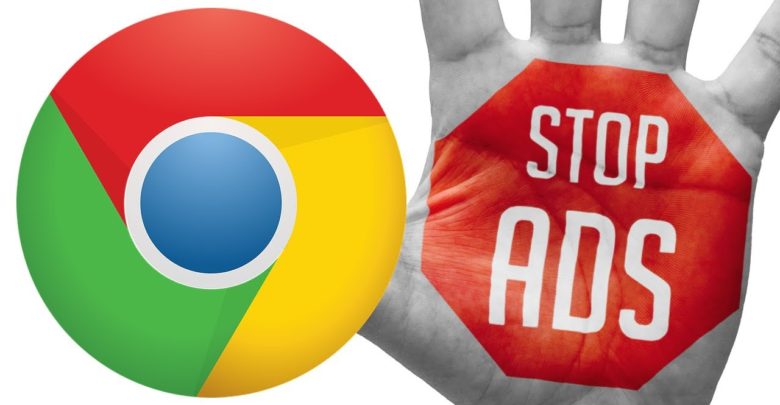Vital details on the all new Google Chrome Ad Blocker – A guide for the marketers

There’s no doubt about the fact that Google is a company which has shaped its fortune entirely from online ads and they now have an ad blocker which they have incorporated in the Chrome browser. Google is no longer interested in seeing annoying advertisements on the web and henceforth they’re taking too many drastic measures in order to make it happen.
Google has got different plans for blocking the ads on Chrome and this article will tell you about how they’re planning to block ads through the all new Google ad blocker on Google Chrome. You also need to know about the recently introduced Better Ads Standards. Read on to know more on annoying ads and how Google is trying to treat them.
Annoying ads vs. Google
An ad that is ‘bad’ or ‘annoying’ is deemed as specifically intrusive. You must have come across such ads before, ads which auto-play music or videos, which force you to halt all your actions for few seconds before being able to reach to the content that you want, and ads which occupy the entire screen. Such ads soon get on the nerves of the users and they may even be pushed to install something called an ad blocker.
Google is of the opinion that if the ads were more engaging and useful, there would be fewer people who would install such ad blockers. This is the reason behind Google joining the group Coalition for Better Ads. This group created a set of standards for better ads which Google has soon incorporated within its Chrome browser.
The Ad Blocker for Google Chrome – What is it?
Initially people heard about the reports regarding the plans for Google to add an ad blocker during last April. Gradually we learned more regarding this tool including the fact that it would come into existence in 15th February. Now is the time for all of us to shake hands with the Ad Blocker for Google Chrome.
With this, Google will start blocking those ads in Chrome which are not complying with the new Better Ads Standards. Even the ads that are served and owned by Google are also included within this. What is the reason behind such a step for Google? Well, they are doing this because:
- They wish to restrain the usage and installation of third-party ad blockers
- Present the users with better and more interesting ads
- Motivate the publishers to utilize less intrusive and annoying ads
Chrome’s new way of Blocking ads has enough potential to dampen the revenue generated by the publishers, which seems to be contradictory as this is the problem which Google wishes to solve. This can be easily averted in case publishers abide by the Better Ads Standards. This raises number of questions like how to know whether your ads are complying? What would happen if you think its okay but Google thinks it’s annoying?
Which ads fail to meet the Better Ads Standards?
DESKTOP ADS
Pop-up ads:
- Auto playing videos which start with sound
- Bigger sticky ads which stick towards the edge of a page
- Prestitial ads which appear before the loading of content and which has a countdown
MOBILE ADS
- Prestitial ads
- Pop-up ads
- Ad density which is more than 30%
- Flash animated advertisements
- Auto-playing videos with sound
- Full screen scrollover ads
- Prestitial ads which have got a countdown
- Big sticky ads
So, if you’re a publisher who wishes to make money from online advertising, it is best to begin creating a better ad experience in case you still didn’t. Google will not only appreciate it but the visitors will also do the same.




